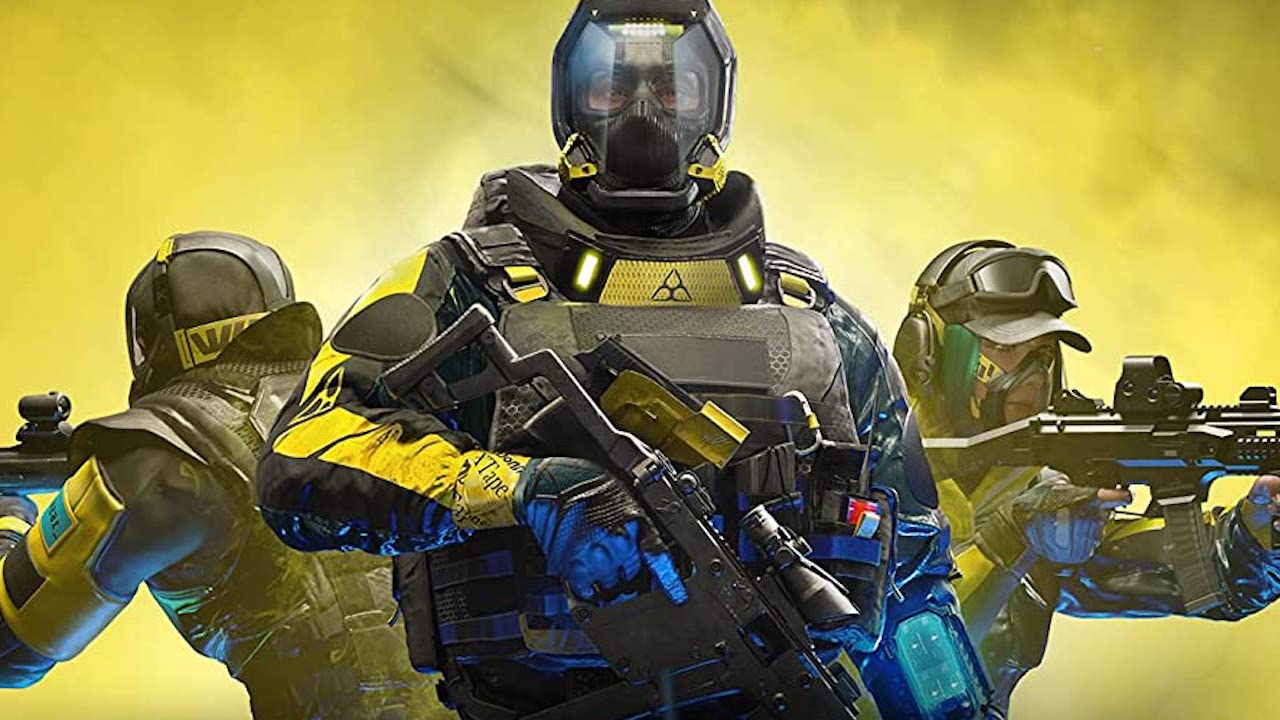When the topic of Ubisoft games is brought up, it seems like people always jump to Far Cry or Assassin’s Creed, or perhaps Splinter Cell. The truth of the matter, though, is that none of the above have been around as long as one of the company’s oldest franchises: Rainbow Six.
Based on Tom Clancy’s fictional literary library, Rainbow Six began life in the mid-nineties, and did so on platforms like the Nintendo 64, PlayStation and Dreamcast. At the time, it was known and loved for its realistic feeling take on tactical, SWAT-style infiltrations and hostage rescues. Of course, the original game was developed by Red Storm, which was later acquired by Ubisoft, but the IP has become synonymous with the French gaming giant over time.
My history with this series dates back to the original, which I remember playing on my N64 during a period in which I seemed to rent a different game every week. I also remember playing the Game Boy Colour version, which I also rented at a time where such cartridges could be gotten from video stores. I won’t lie and say that I was good at either one, but I have fond memories of playing both, despite lots of failure.
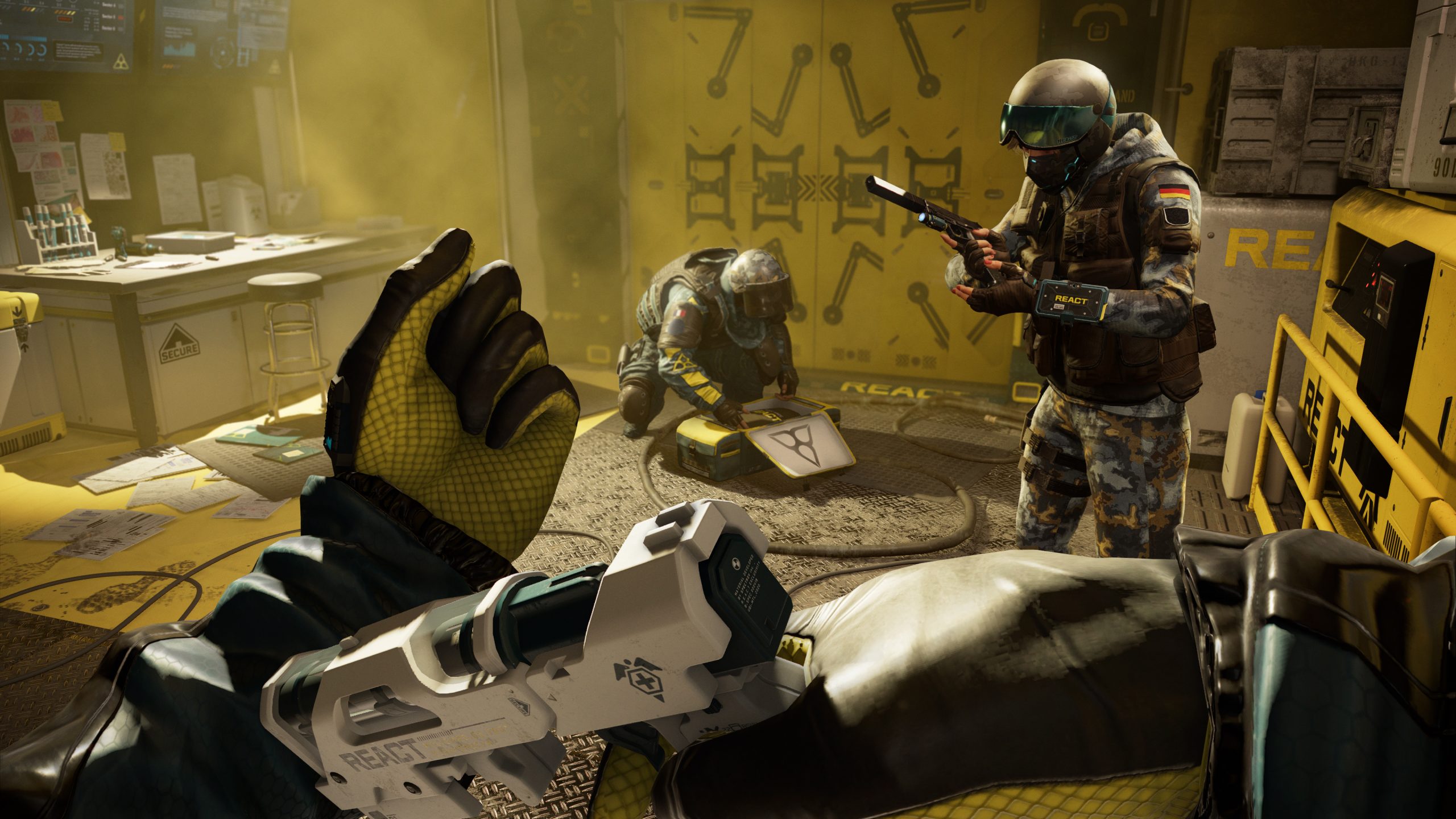
I admittedly lost touch with Rainbow Six until I was in college, and Rainbow Six: Vegas was released. For whatever reason, that game hooked me like few others, and I had a hard time pulling myself away from it sometimes. Although I’ve always been more of a single player person — at least, outside of obsessions with the competitive offerings of Goldeneye 007, Perfect Dark, Call of Duty 2 and some others — that game’s multiplayer mode sunk its talons into me and didn’t let go for quite a while.
At the time, I had a job that required me to work from 10:30pm-6am every Thursday and Sunday night, rush home and go to school afterwards. However, said gig was predicated on me being able to fill in for people who didn’t show up to their jobs on this automotive assembly line. If most people showed up, and nobody else wanted to go home after dragging themselves in to the factory, I would often be sent home, because the other students had more seniority and pull than I did. As such, I’d say that I probably only got work fifty to sixty percent of the time, and never got paid for driving in and waiting at a picnic table before being sent home, which was absolute bullshit.
I’d fill those nights off with Rainbow Six: Vegas, and wasn’t too upset about it either. Although I should’ve been making good money building vehicles, I was in love with the latest offering from Ubisoft’s tactical-focused shooter franchise. Of course, it helped that it had a great campaign as well.
Those nights spent playing Vegas remain very fond memories of a better time and, although Rainbow Six: Vegas 2 was a big disappointment thanks to no respawns in multiplayer, I’ll always hope for a third game in that sub-series.
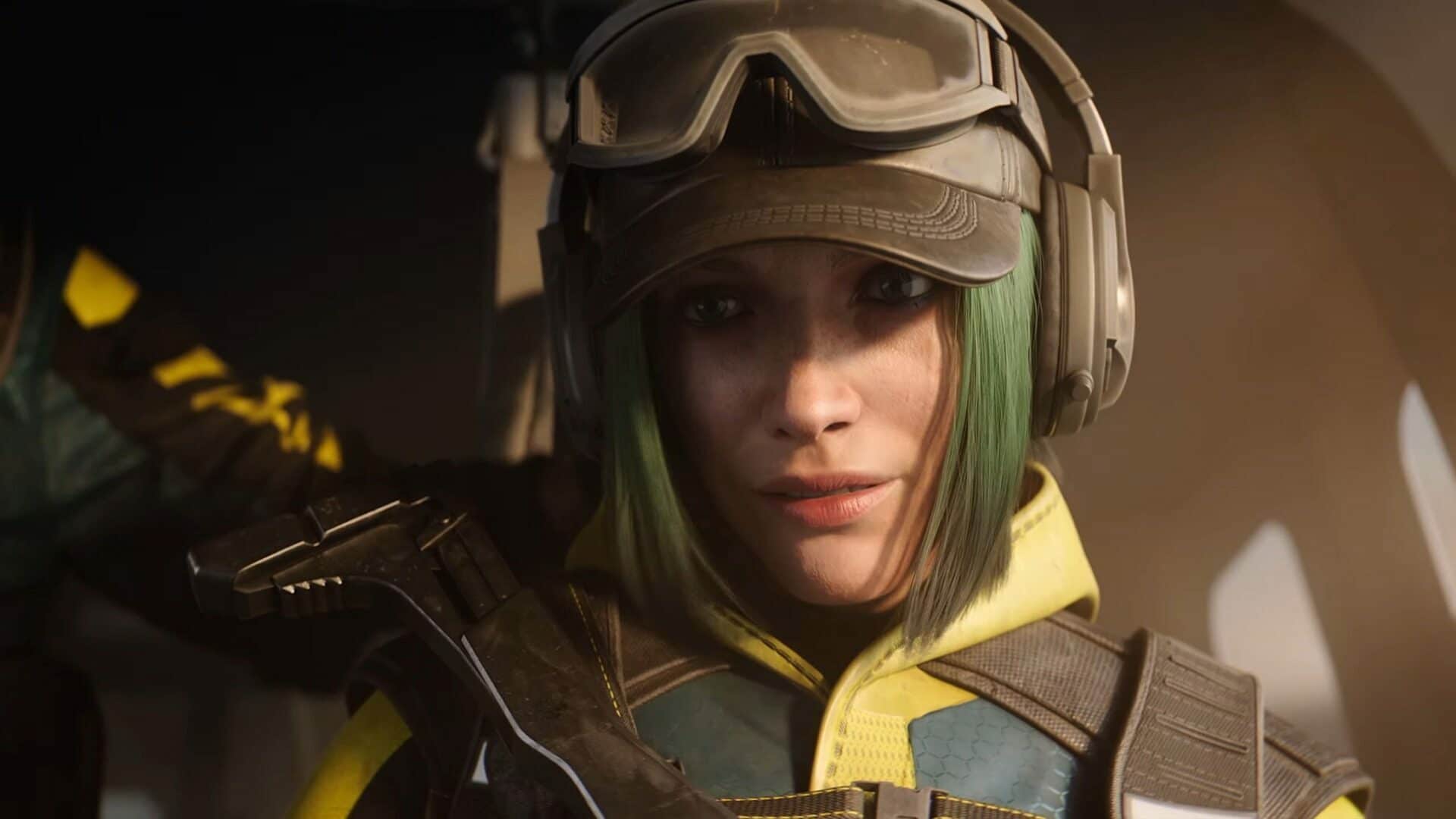
When Rainbow Six: Siege was released in December of 2015 (has it really been that long?), I was disappointed to hear that it’d be a multiplayer-focused game, and that it wouldn’t be either Rainbow Six: Vegas 3 or the previously showcased Rainbow Six: Patriots, which looked and sounded amazing until it was cancelled. Still, I tried to go in with an open mind, especially since I’d loved one of its predecessors so very much. The result was enjoyment, although the title didn’t hook me as much as Vegas had. It was fun, interesting and wholly competitive, and offered some variety thanks to folks’ different play styles. Plus, it at least had some single player scenarios to beat, which allowed me to feel like I’d completed the game.
Siege was somewhat rough at launch, and suffered from some technical problems. It also felt a bit bare bones, and admittedly started to feel repetitive after a bit. At the time, I had lots of games to play and many to return to, so I didn’t stick with it for all that long, unlike its greatest peer. That said, I enjoyed and respected it despite its faults, and have always understood why people got hooked on it.
This brings us to this first part of 2022, where we’ve seen the release of Siege‘s follow-up: Tom Clancy’s Rainbow Six: Extraction, which was originally called Rainbow Six: Quarantine before Covid hit, and had been the recipient of one or two delays. A surprising successor, it takes the series in a new direction, and doesn’t apologize for doing so.
Is this budget-priced and alien infested offering worth your time and money? Read on.
Rainbow Six: Extraction ditches tactical espionage, hostage rescues and realism for an alternate reality USA wherein aliens have surfaced out of nowhere. You see, a parasite-type race called the Archaeans has infected important American cities and landmarks, like New York City and its Statue of Liberty. As a result, a group of high-security, strict clearance and highly trained military personnel have been tasked with saving the day.
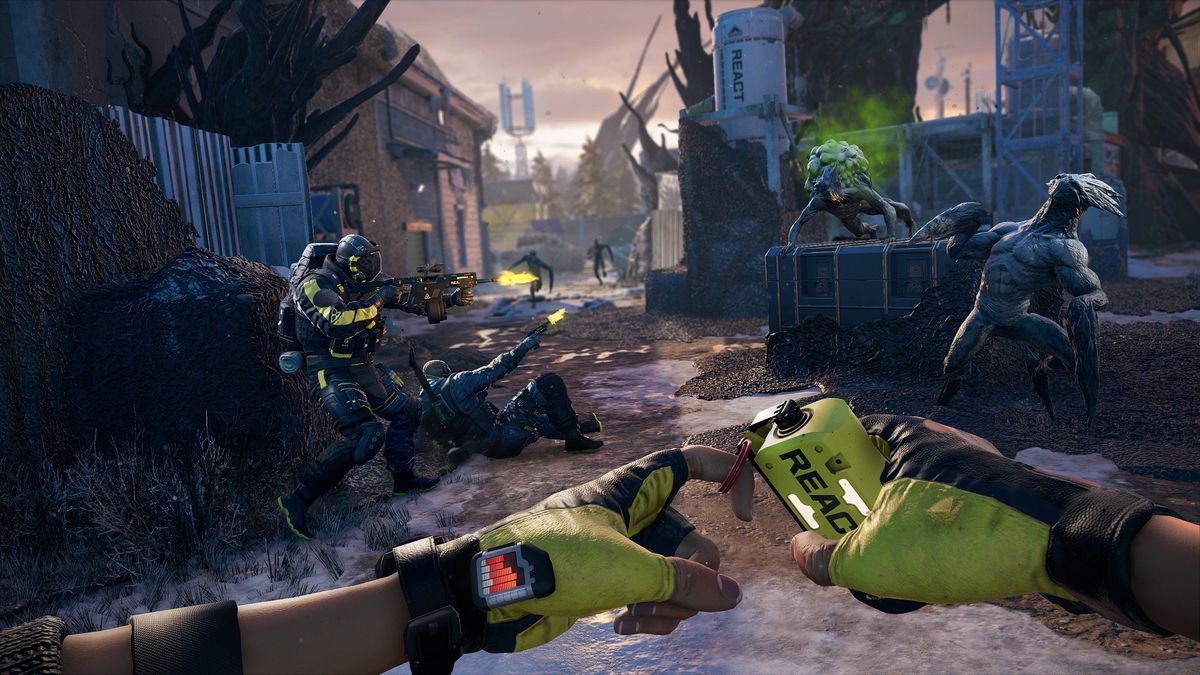
Once again, Ubisoft has chosen to go with a multiplayer-focused approach, and hasn’t included any single player operations for us loners to play. Instead, Extraction is all multiplayer all the time, unless you’re okay with taking on its co-op focused incursions by your lonesome. Of course, the game is said to adjust based on how many people are playing, but at this point it’s pretty uneven.
As a member of the newly formed Rainbow Exogenous Analysis and Containment Team (REACT), players will take control of both new and returning operatives, all of whom have their own stats and skills. For instance, one operator carries a heartbeat sensor, which allows him to detect enemies through walls, another can heal teammates and a third can deploy a holographic decoy to confuse enemies. If you’ve played this kind of game before, you know what to expect, and will have to find a character that fits your play style best. That said, all three human players must choose different operators from a pool of eighteen options.
The inclusion of aliens obviously changes things up, but so does the way missions are structured. You see, the core design of Rainbow Six: Extraction is hinted at by its subtitle. As such, the in-game goal is to do as much as you can before deciding to call for extraction. Whether this boils down to completing the first area of a three area map, or completing objectives in all three, is up to you. Experience points will simply be awarded for what you did, and based on how you played.
This is furthered by the fact that operatives can be lost. Those who are killed in action, or fail to leave the map, will be dubbed missing-in-action and must be rescued the next time through. You’ll find them stuck inside a strange, alien tree, which they must be pulled out of. This is done by grabbing on to them and pulling, but you’ll have to stop and shoot energy orbs that attempt to heal the tree through veins that are connected to walls, ceilings and other surfaces. Needless to say, it’s pretty basic.
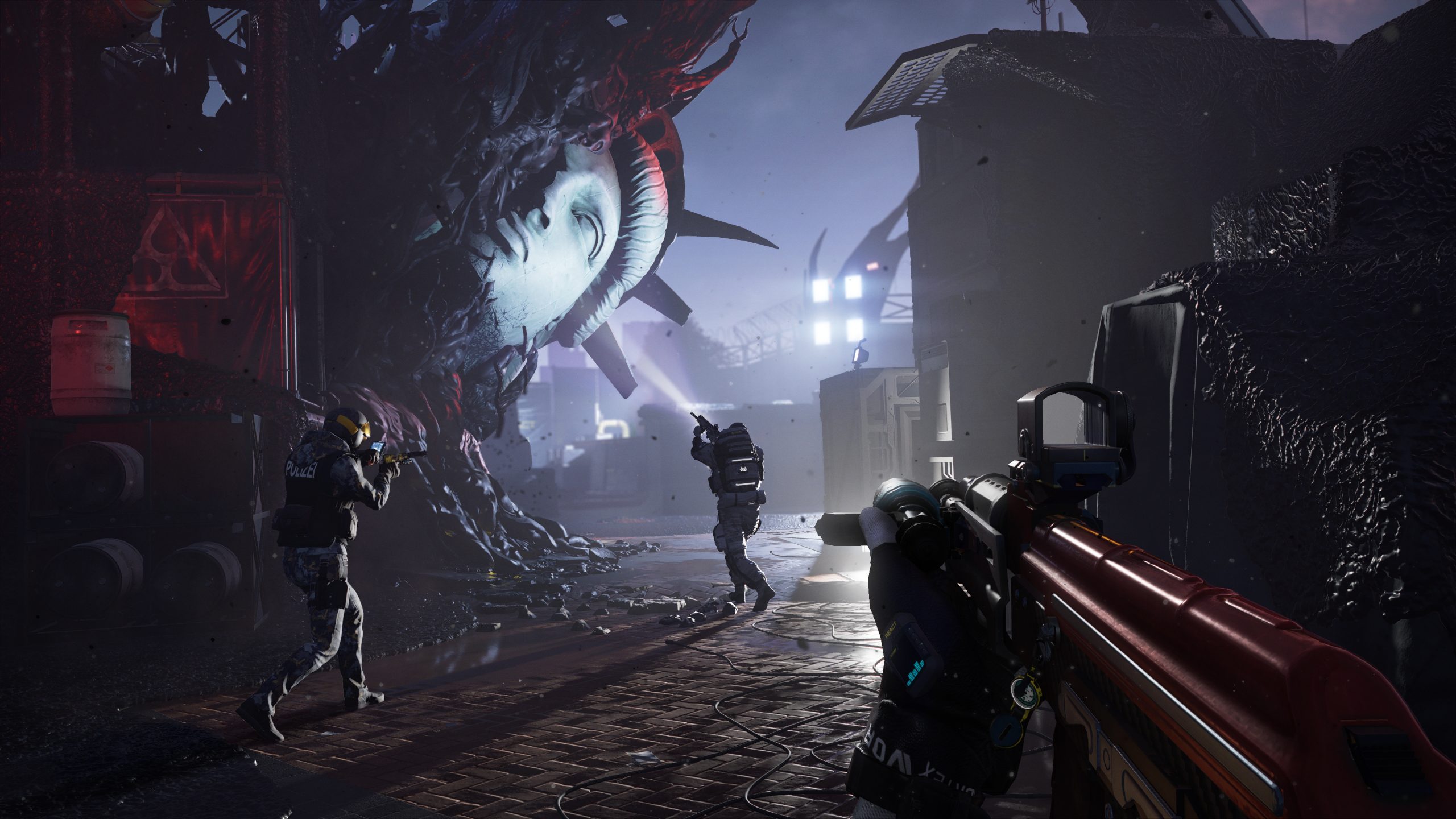
Seriously injured operatives must also heal before being taken out on another incursion, adding to this sense of punishment. This may frustrate some, because operatives level up independently and everyone will have their favourite after playing for some time, or migrating from Siege. It’s how this thing works, though.
Progression in Rainbow Six: Extraction is based around earning experience by completing objectives, killing enemies and surviving. Your main source of progression will come from the aforementioned objectives, though, which include things like tagging Archaean eggs, rescuing soldiers who’ve gone MIA, killing a specific target, capturing an elite target (alive), rescuing someone important, destroying nests or blowing an alien installation up. In total, there are twelve different objectives, which seem to be chosen at random.
A new goal will be given to you every time you reach a new section of a map, all of which seemingly take place in the United States, in places like New York City, Alaska, New Mexico and San Francisco.
The general idea is that each city or state is broken down into a few different locations, all of which have three sections to explore and complete. By completing the objectives found in all three sections, and managing to exfiltrate within the given time period, you’ll earn the highest amount of experience possible. Granted, playing on higher difficulties helps.
Along the way, you’ll encounter a random number of Archaeans, which is something that should be dependent on difficulty and player count but doesn’t always seem to be. These are black, goo-based creatures, which seem to hatch from eggs and thrive in black, infected, gunk called sprawl. There are run of the mill grunts, with their melee attacks, spikers whose ranged attacks kind of speak for themselves, breachers with glowing backs that must be shot and detonated, bloaters that like to explode when shot, rooters who cover the ground in gunk, armored sowers who drop mines, and more. They’re fine bullet fodder, but are far from the most creative or memorable enemies ever designed, especially since they follow familiar archetypes like the basic grunt, the armored foe, the enemy with weak spots, the tank and the boomer.
It also doesn’t help that Rainbow Six: Extraction‘s guns feel boring and under-powered. Shooting an Archaean should be satisfying, but it isn’t, because the game lacks oomph and good hit registration. It often felt like I was shooting paperclips at a piece of paper.
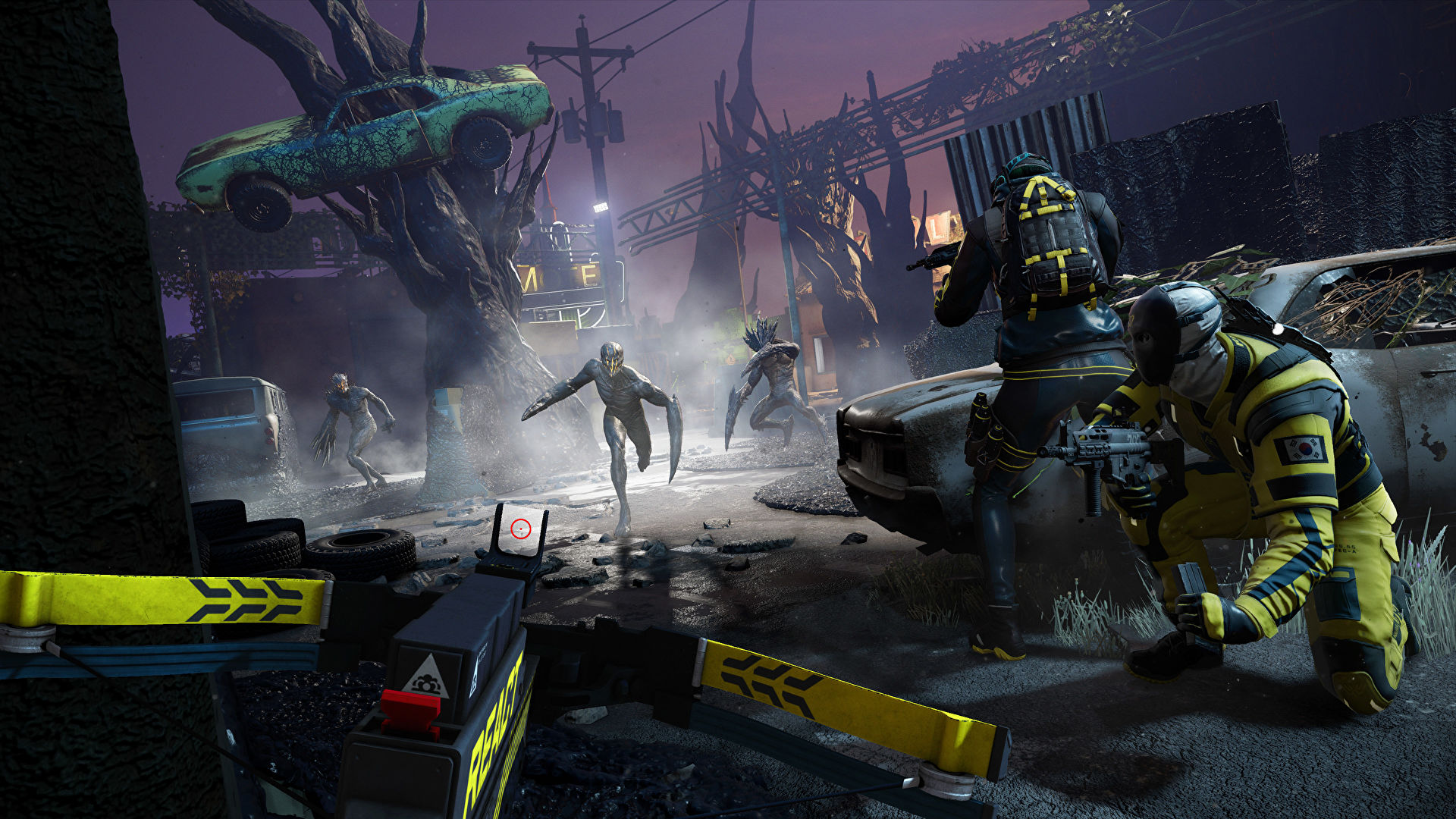
Going further, Extraction doesn’t help itself by being a grind that rarely feels worthwhile. Unlocking new locations, new environments and other in-game things takes a while, and I really don’t see myself having the energy or desire to see it all through. This is my way of saying that I haven’t been able to experience everything this title offers due to much of it being locked behind excessive experience point (or intel) barriers.
My time with this game began before it released, and I went in with an open mind despite feeling like I hadn’t gotten a good read on it. I didn’t have extremely high expectations or hopes, though, because it’d been bumped down to a $40 (US dollars) budget title, and had also been announced as a day one Game Pass offering earlier this month. Those things made me feel like Ubisoft didn’t have a lot of faith in the game, but maybe I simply misread the situation. Either way, I now feel that being on Game Pass could save this thing from falling into obscurity.
After spending time playing Extraction, and dealing with server issues that kept me from playing more, I’ve been left wondering why Ubisoft chose to bet on this pony. They cancelled Patriots, released Siege and had it blow up pretty nicely, and then chose to follow that up with this weird spin-off, which switches from player-versus-player to players-versus-environment. In principle that’s more than fine, but the execution is middling at best, and the resulting game is a boring and uneven grind. The enemies are dull, the environments and objectives aren’t too exciting, and the gunplay feels lacking. Sure, it’s nice to have a decent assortment of tools and abilities at your disposal, including recon drones and the ability to both destroy and reinforce walls or doors, but this all feels lacking in comparison to those which came before it.
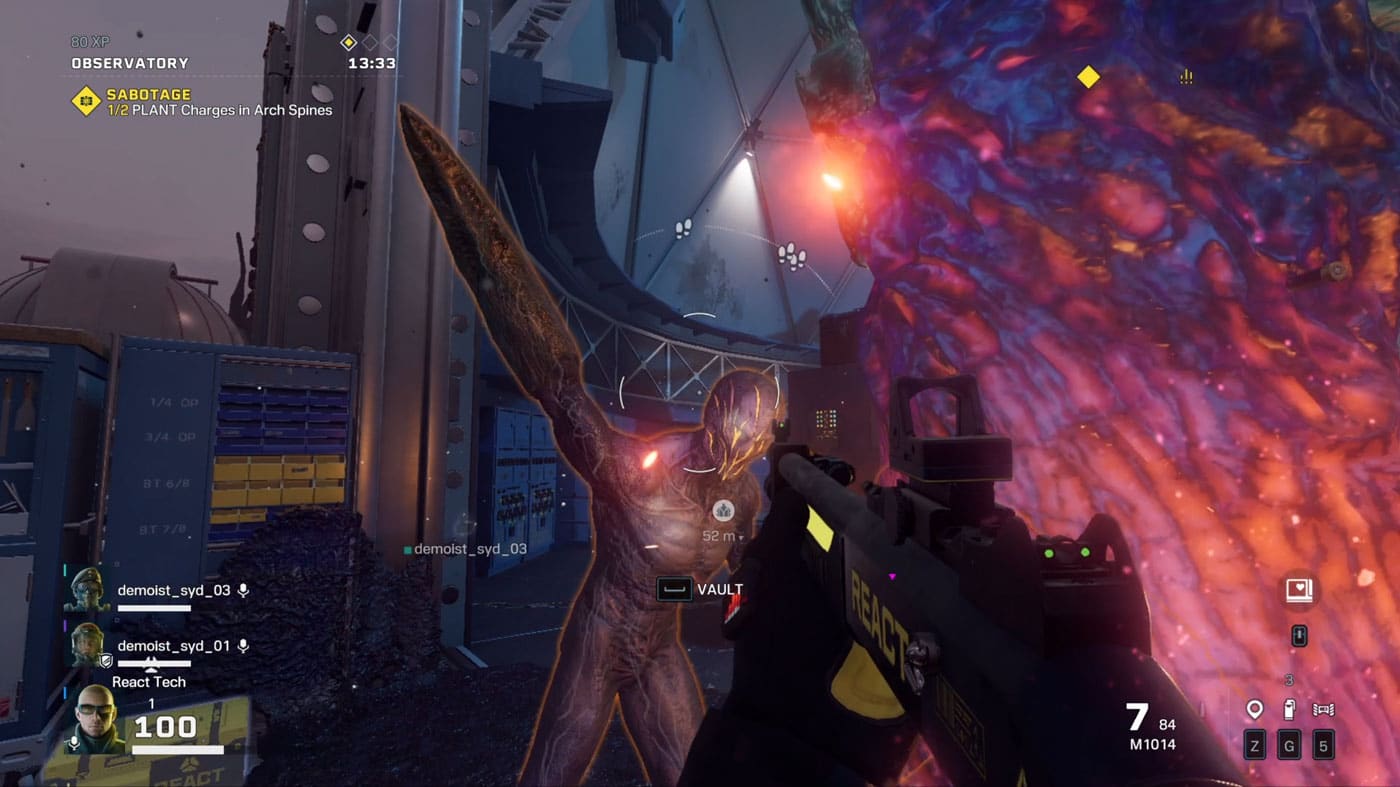
The same is true of the presentation which, despite some nice-looking cutscenes featuring specific members of the REACT brass, is lacking. As a whole, Rainbow Six: Extraction looks and feels dated, and doesn’t come off as an upgrade or successor to Siege. Sure, it looks, sounds and generally runs fine, but there’s little in the way of wow factors. Furthermore, the gameplay can be uneven, in that some incursions will feature very few enemies, then the next one will throw everything but the kitchen sink at you. I discovered this in single player, and it wasn’t too fun.
At the end of the day, Rainbow Six: Extraction feels like a missed opportunity and a questionable pony to bet on. It’s not necessarily bad, but it’s also not exactly good, and has simply left me feeling ho-hum. Although I went in hoping to like or love it, and am in need of a new multiplayer addiction, this isn’t going to be it. Thus, I wonder why Ubisoft chose to bet on this pony, instead of developing a new Siege game or exploring something more original. That said, being on Game Pass will likely help it.
This is a surprising misstep, or close to that, after quality releases like Immortals: Fenyx Rising, Assassin’s Creed: Valhalla, Riders Republic, Far Cry 6 and Far Cry: Blood Dragon Classic Edition, the latter of which I jumped back into and finished after becoming bored with Extraction.
This review is based on the Xbox Series S version of the game, which we were provided with.

